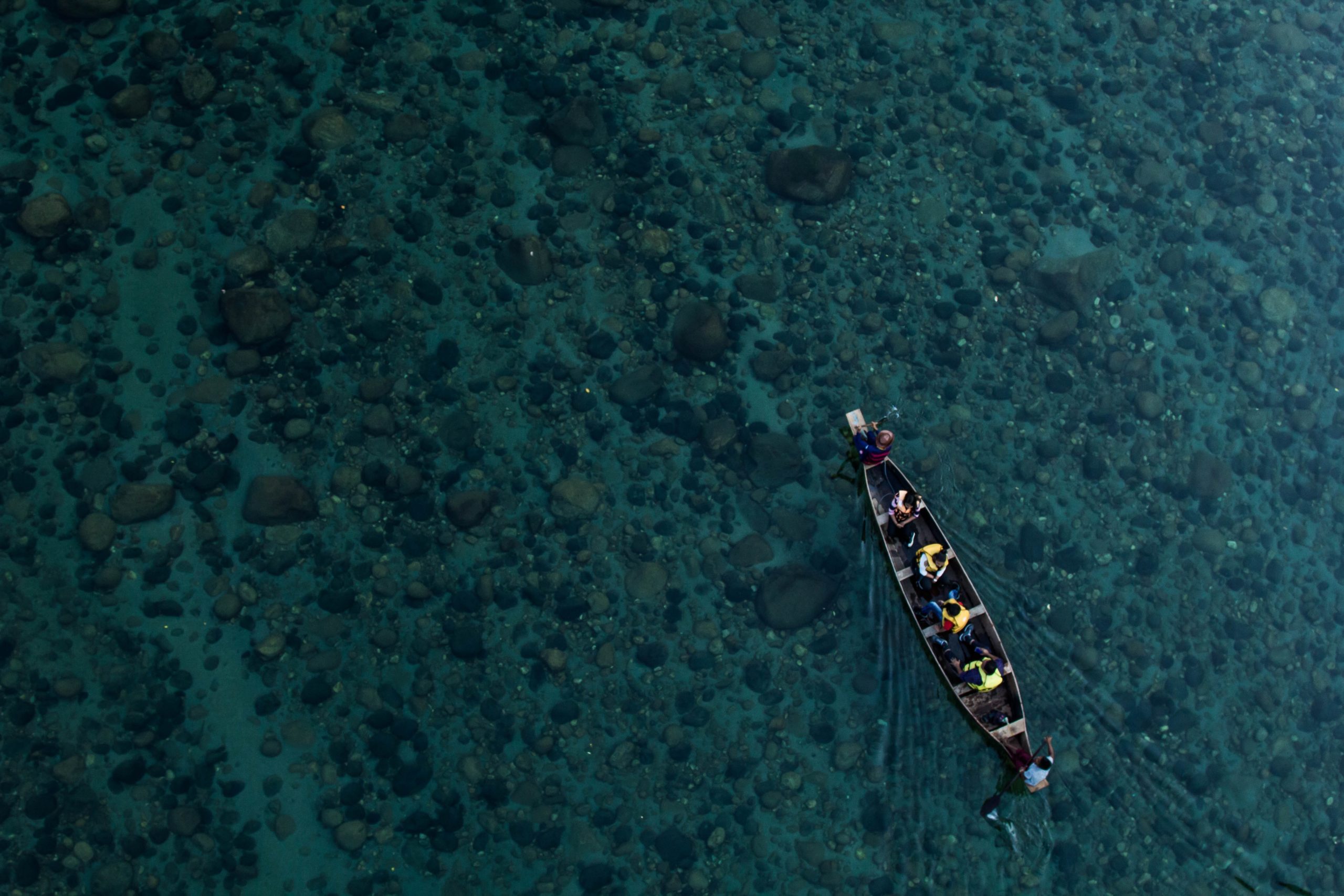
Is it really so important to have strong partnerships to manage a successful EU project? Is it not enough to have the right idea, a well-thought-out plan, a sound budget and a lot of partners?
Apparently not.
In this article, we will see why a good team is so important for a successful project and how to build a strong consortium by learning from the mistakes made by three young European startups.
In 2014, RiderSate, Nonabox and Bubblemee were three promising startups.
Then, something happened.
In December 2014, Santi Casado, CEO and co-founder of RiderState, a Spanish startup that developed a social game for bikers, decided to shut it down after years of hard work and effort.
Nonabox was a promising subscription service selling high-quality products for pregnant women and young mothers. Two years after being launched in Italy, the company closed in March 2015.
Bubblemee failed soon after its launch due to team composition problems.
These and other examples are included in LIFE – an H2020 funded project, which studied challenges, mistakes and failures of 166 European startups between 2015 and 2016.
The goal was to fight against “fear of failure” and instead provide entrepreneurs in Europe with valuable insights.
Startups vs EU projects
Can these insights also be valuable for European projects?
A startup is a business project aspiring to scale up within 3-5 years.
A European project lasts 3-5 years, but it is paramount that its results are replicable, scalable and have a lasting impact on society beyond its lifecycle.
Both need a team that performs a set of activities to achieve specific results in a defined timeframe.
Success is hard in both cases: we usually tend to highlight success stories, but the reality is that only 1 out of 10 startups survive the “death valley” of the first 3 years.
Similarly, 80-90% of European proposals are rejected during the first evaluation phase.
Even after being approved, problems often occur while the project is being executed.
The final report of the LIFE project shows that the three main sources of problems for startups are:
- Team
- Money
- Product development
Leaving aside money and product development issues, building a winning team can really make the difference between success and failure for a startup – especially in its first phase.
A bad team leads to constant disagreements, misunderstandings, tensions, lack of skills and loss of interest.
Could team issues have such a huge impact on the success rate of a European project?
For expert evaluators of EU projects, yes.
According to H2020 evaluation reports, one of the most common causes for rejection is linked to partnership composition.
Consortiums with overlapping or missing expertise do not convince evaluators and are often the indication of a poor management plan.
Bad partnerships can also undermine project implementation.
Indeed, one in three projects need to be adjusted often due to partners withdrawing.
Learn from startup mistakes: clarity, function and time.
Clarity
RiderState founders underestimated the importance of a detailed and long-term partners’ agreement.
A few months after its launch, there were founders with similar profiles, some of them were friends and did not speak about emerging problems, some started to lose interest in performing tasks and reduced their efforts and commitment.
By the time every member had seen the elephant in the room, it was too late.
The same can happen in a European project.
If you start by choosing your partners from among your friends then found them a role to play within the project, someone might find that they cannot do some of the tasks required of them, or the project does not have the necessary staff, time or resources, or partners might start other important activities and reduce their involvement in the project.
And having these “friends” working on the project might create friction with other partners, or they might ask for more of the budget, or just simply leave the consortium altogether.
As for startups, clarity and a clear legal commitment from the get-go is a big help.
Each member should be perfectly aware of their role, duties and long-term responsibilities, as specifically highlighted in the Grant Agreement.
Having a good management and internal communication plan gets the situation under control and gives every partner updated feedback.
Function
The ability is in building a win-win situation.
If every partner is chosen for their expertise based on a specific activity, task or field, they will also gain immediate benefits from project results and commit to the project in the long run.
Nonabox did not have a technical team member. As such, the founders outsourced the management of their most important asset: the web platform.
This decision ended up costing them over six months and €200,000 without achieving the expected results.
Similarly, important key players might be left out of the consortium in EU projects.
For example, partnerships mainly made up of public or academic partners, but which lack representatives from industries, private companies or other key stakeholders might heavily affect the project’s evaluation and execution.
Balance and functionality are the keys.
Cross-sectorial and cross-border cooperation are fundamental.
Gathering complementary partners from different sectors, backgrounds and regions stimulates the real added value and makes it more likely for the project to succeed.
Time: Relationships not recruitment
The opposite of bringing friends in is building a team by just recruiting new names.
The main problem Bubbleme had was getting good members in the team. Founders tried to solve it by going to events and meeting new people that could be interested in joining the startup, but this did not work.
The main lessons the founders learned was that to get good co-founders, it is important to first have trusted people that you already know in your own network who have complementary profiles.
The same mechanism is often used in EU projects.
Nowadays, it is relatively easy to find new partners and build a consortium from scratch.
All EU funding programmes have a dedication section for finding partners; there are dozens of groups on LinkedIn and Facebook to find new partners, platforms and networking events.
All these tools are extremely useful and important to find new partners.
For example, here at Up2Europe, we made European cooperation and partnership building our mission.
But what makes the difference is how these channels are used.
If you use them just to find the missing last few names to complete your partnership, everything hinges on luck.
The alternative is to use them as an investment in the long run.
It takes time to gain complete control over the partnership building process.
The power that platforms such as Up2Europe can provide is huge – when used correctly.
They provide the possibility of discovering new professionals, experts and companies to build valuable, trustworthy relationships and long-lasting cooperation outside the project’s immediate needs.
Proactive participation boosts the chances of getting involved in other projects, and as a coordinator, you will have a trusted network to delve into when you need to search for reliable project partners.
For startups and EU projects, the concept is the same.
A close and complementary team is non-negotiable for success.
Like in football, winning teams have all their players in the right positions, but this is not enough.
They also constantly train and play together to understand one another better, develop synergy and share mutual strategies to overcome difficulties and win the game.
 By
By
Share: